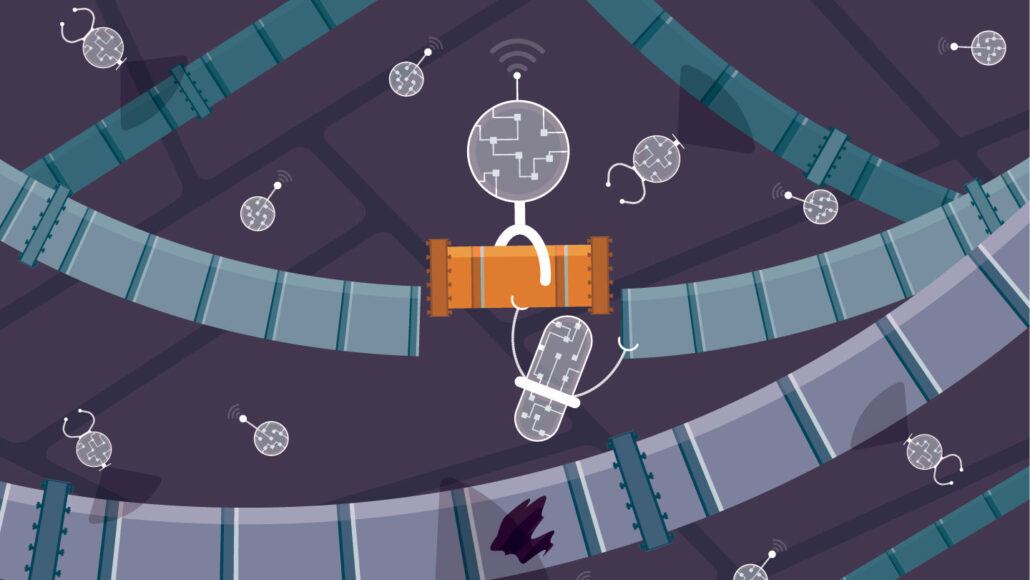
Tech
Synthetic biology aims to tackle disease and give cells superpowers
DNA machines and protein-mimicking nanotech could replace broken machinery in cells or even lead to made-from-scratch synthetic life.
Come explore with us!

DNA machines and protein-mimicking nanotech could replace broken machinery in cells or even lead to made-from-scratch synthetic life.
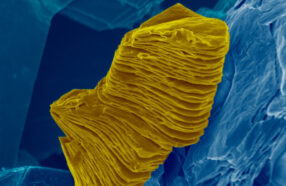
To slow global warming, we’ll need help from CO2-trapping materials. Enter MXenes. They’re strong and reactive — and they love to eat up CO2.

A new coating made from a renewable resource — water-loving nanoparticles made from wood — could keep glass surfaces fog-free.

This cellulose and lignin, two major building blocks of trees, could lead to greener electronics.

The salty gel absorbs more water from the air than similar gels, even in desert climates. This could provide clean water for drinking or farming.
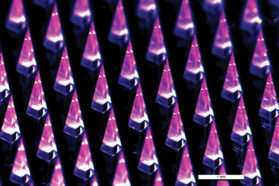
A new compact 3-D printer can produce COVID-19 vaccine patches. These are less painful than the jab and can be stored more easily than liquid vaccines.
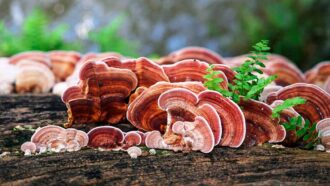
If made under gentle conditions, leather formed from the “roots” of mushrooms can retain the ability to regrow and repair minor damage.

Unlike solar power, this new source of electricity is available day or night.
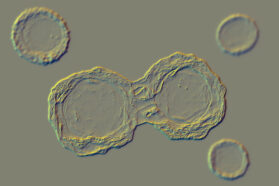
Making such organoids with 3-D printing and other tech can help researchers learn more about many troubling and potentially deadly disorders.
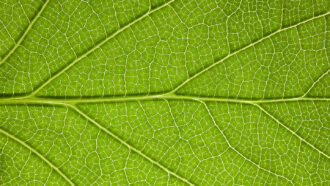
Chemists make a liquid alternative to fossil fuels from carbon dioxide, water and the sun. Their trick? They use a new type of artificial leaf.